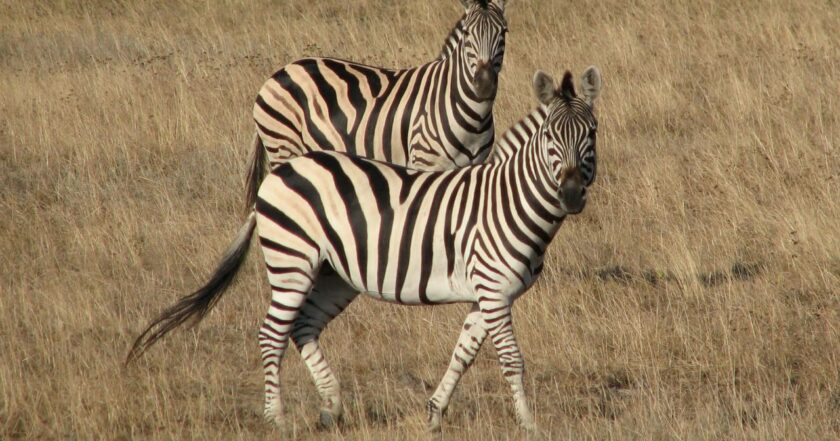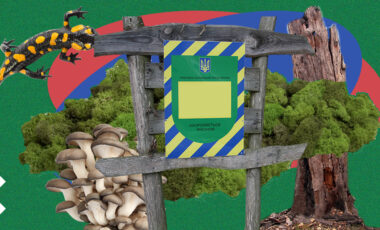Russia-appointed Kherson authorities allow abduction of rare Ukrainian species from Askania-Nova reserve

Askania-Nova. Photo from Viktor Shapoval's archive
Russian forces abducted Ukrainian species from the Askania-Nova biosphere reserve, located in an occupied part of the Kherson region, says ecology minister Ruslan Strilets.
The Kremlin-backed administration carried out an illegal exchange of animals between the Askania-Nova reserve and the Russian Rostovsky Nature Biosphere Reserve.
"Several individuals of Chapman's zebra, American bison, Przewalski's horses and David's deer were taken from the Askania zoo," said Strilets.
All of these species are considered endangered and listed in the Red List of the International Union for Conservation of Nature (IUCN).
"However, Kanna antelopes, domesticated yaks, two-humped camels and one guanaco were brought back to the Askania-Nova zoo," the minister said.
Ukrainian ecology ministry is already preparing notes to the secretariats of environmental conventions, including Bern, Ramsar, UNESCO, the Bonn Convention, and the International Union for Conservation of Nature.
In July this year, the Russian forces removed animals from the Askania-Nova nature reserve, the National Resistance Center reported.
The theft then occurred as part of the "cooperation agreement," signed by a Russian "protégé" appointed to Askania-Nova. The actions are illegal, and the agreement is invalid because the person who signed the contract is the real director of the reserve.
Russian forces got full control of the Askania-Nova reserve at the beginning of the invasion, appointing a Russian citizen Dmitrii Meshcheryakov, as its director.
In March 2023, the Center for Investigative Journalism, citing Russian registration documents, reported that the occupiers wanted to shoot wild animals in the Dzharylhach National Nature Park in the occupied part of the Kherson region.
According to the Ukrainian Nature Conservation Group (UNCG), the August-September fires of this year added new threats. The last one, which started on September 1 due to a lightning strike, burned down 1790 hectares of protected steppe, according to satellite images.
This fire has so far become the largest that has occurred in the reserve during the occupation. Read more about it in our article: "One of Ukraine's largest biosphere reserves burning down: what can be done to preserve ecosystems?".






















































